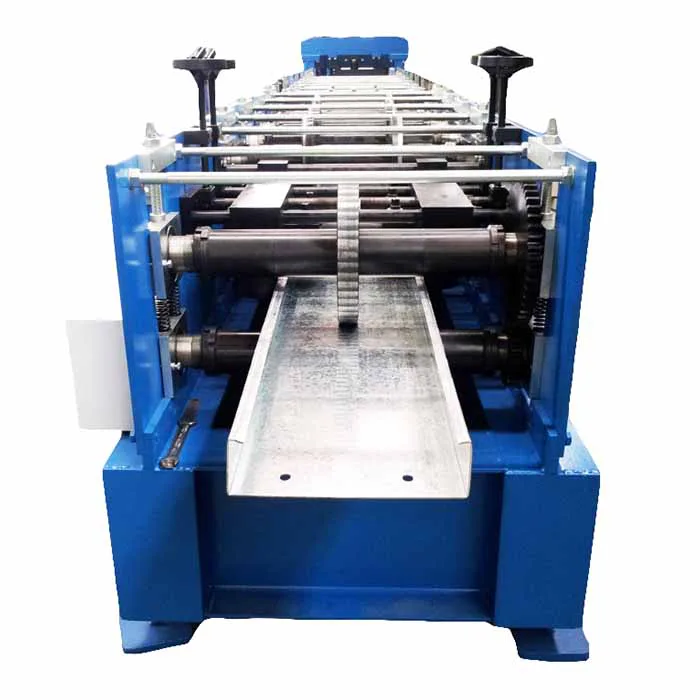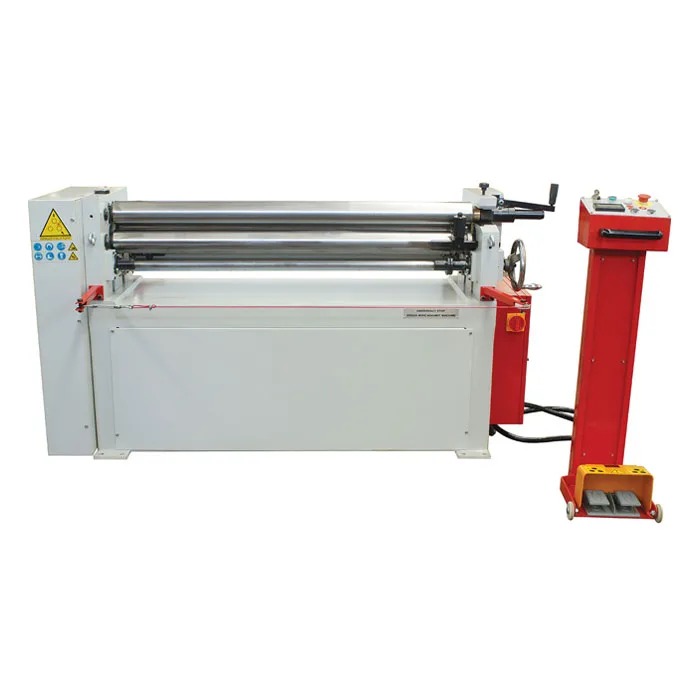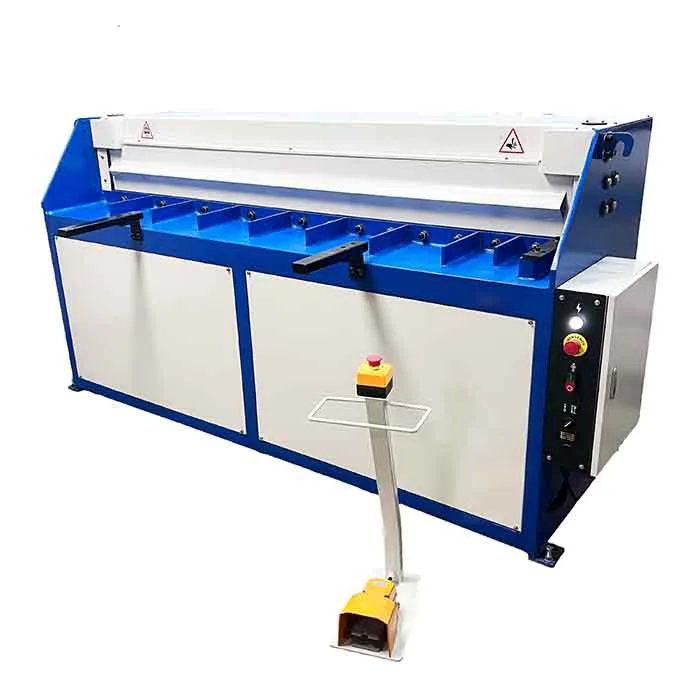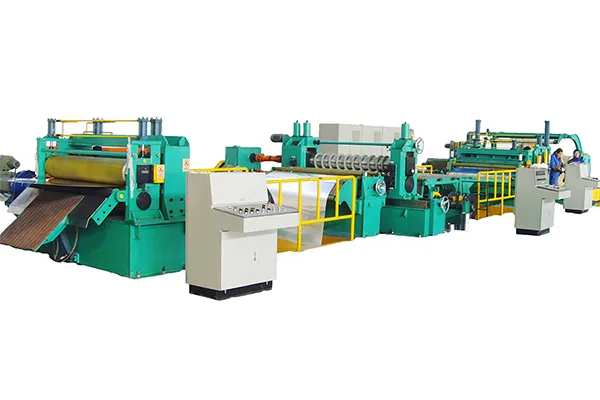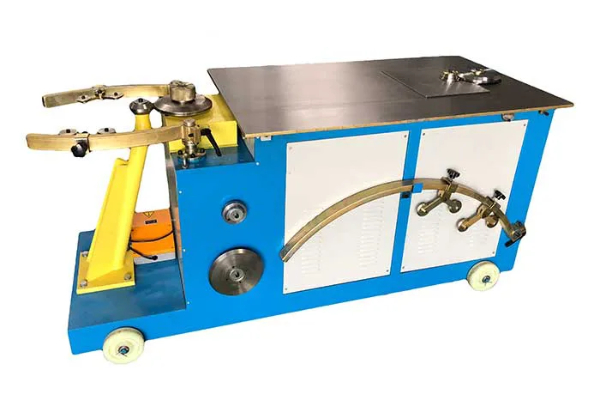
Integrating Plasma Sheet Cutting Machines with Other Production Equipment
- By:Metmac
- 2024-07-22
- 147
The seamless integration of plasma sheet cutting machines with other production equipment is critical in modern manufacturing environments. By connecting plasma cutters to automated systems, manufacturers can achieve enhanced productivity, efficiency, and accuracy throughout their production processes. This article explores the benefits, challenges, and best practices of integrating plasma sheet cutting machines with other production equipment.
Benefits of Integration
Increased Productivity: Integration enables automated material handling and part movement, eliminating manual intervention and reducing production time.
Improved Efficiency: By eliminating bottlenecks and streamlining workflows, integrated systems ensure a smooth flow of materials and parts throughout the production process.
Enhanced Accuracy: Automated systems can precisely control cutting parameters, resulting in higher-quality cuts and reduced scrap rates.
Challenges of Integration
Technical Complexity: Connecting plasma cutters to automation systems requires expertise in both electrical and mechanical engineering.
Compatibility Issues: Different equipment from various manufacturers may have varying levels of compatibility, requiring custom solutions or adaptors.
Communication Protocols: Establishing reliable communication between plasma cutters and other equipment can be challenging, especially in complex manufacturing environments.
Best Practices for Integration
Plan and Design: Conduct a thorough analysis of production needs and equipment capabilities to determine the best integration strategy.
Choose Compatible Equipment: Select plasma cutters and automation systems that are compatible and can seamlessly communicate with each other.
Use Standard Protocols: Utilize industry-standard communication protocols, such as EtherCAT or Modbus, to ensure reliable data exchange between equipment.
Provide Adequate Training: Train operators on the integrated system’s functionality and maintenance procedures to minimize downtime.
Monitor and Maintain: Regularly monitor the integrated system’s performance and conduct preventive maintenance to ensure optimal operation.
Specific Integration Considerations
Automated Material Loading and Unloading: Integrate the plasma cutter with automated material handling systems to reduce manual labor and improve efficiency.
Part Transfer and Conveying: Connect the plasma cutter to conveying systems to move cut parts to subsequent manufacturing processes.
Data Integration: Integrate plasma cutting machines with enterprise resource planning (ERP) systems to track production data and optimize inventory management.
Conclusion
Integrating plasma sheet cutting machines with other production equipment offers significant benefits for manufacturers. By addressing technical challenges and following best practices, manufacturers can achieve seamless integration, leading to increased productivity, efficiency, and accuracy. Ultimately, integration empowers manufacturers to automate their production processes, reduce costs, and gain a competitive advantage in a demanding manufacturing landscape.
-
Metal Sheet Forming Machine: The Engine of Modern Fabrication and the METMAC Standard
2025/12/30 -
Laser Cutting Machine for Steel Plate: Precision Redefined for Modern Fabrication
2025/12/30 -
Metal Curving Machine: Shaping Strength with Precision and the Art of METMAC Engineering
2025/12/30 -
Shear Metal Cutting Machine: Precision, Power, and the METMAC Standard
2025/12/30
-
Advanced Sheet Metal Rolling, Laser Cutting, and Folding Machines for Precision Fabrication
2025/10/31 -
High-Performance Sheet Metal Bending and Cutting Machines for Modern Fabrication
2025/10/31 -
High-Quality Sheet Metal Equipment for Sale: Efficient Solutions for Modern Manufacturing
2025/10/31 -
High-Performance Sheet Metal Equipment for Sale: Forming and Shearing Solutions for Modern Fabrication
2025/10/22
-
Understanding the Role and Function of Steel Strip Slitting Machines
2024/05/11 -
Maintenance Tips for Longevity of HVAC Duct Machines
2024/05/11 -
Innovations in Steel Strip Slitting Machine Design and Technology
2024/05/11 -
Improving Accuracy in Metal Fabrication with Laser Metal Shear Machines
2024/05/11
-
A Guide to the Latest Innovations in Sheet Metal Folding Machines
2024/11/29 -
Key Features to Consider When Investing in a Sheet Metal Folding Machine
2024/11/28 -
Enhancing Precision with Advanced Sheet Metal Folding Machines
2024/11/27 -
How to Choose the Right Sheet Metal Folding Machine for Your Workshop
2024/11/26
